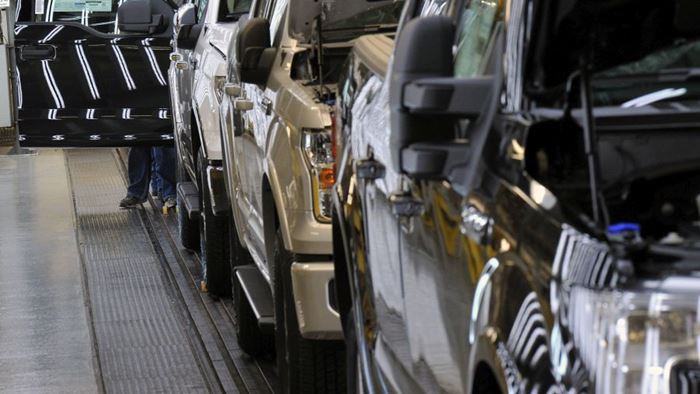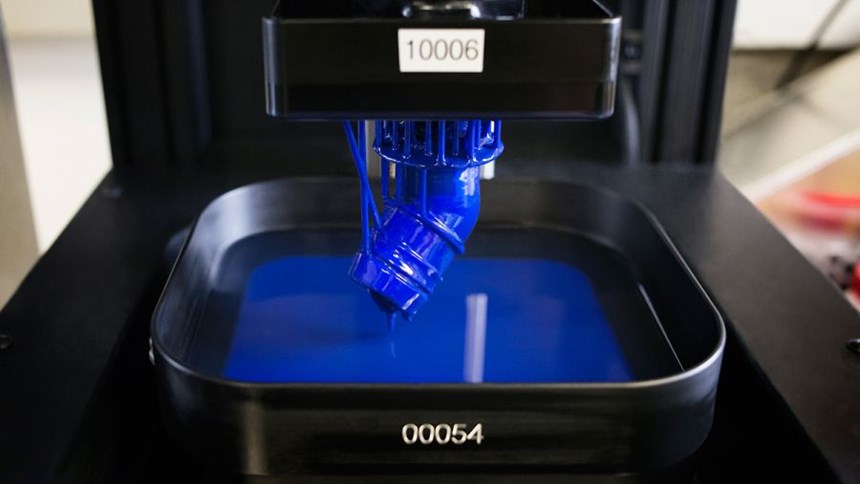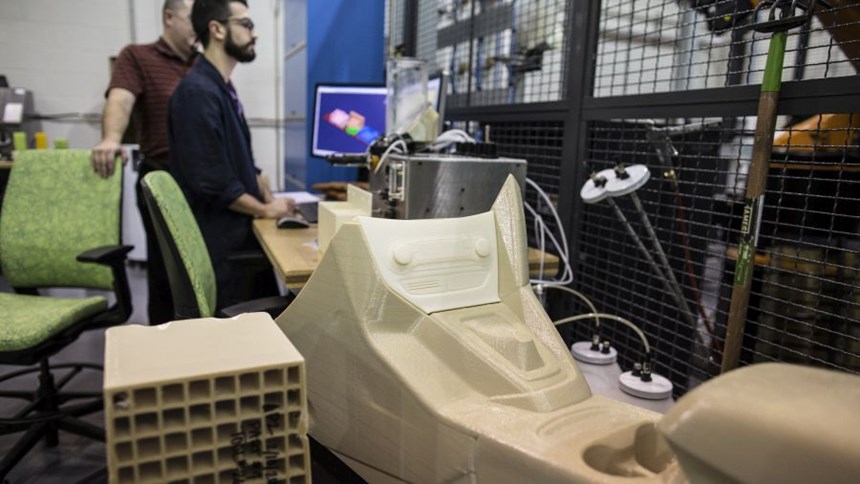Ford Crossing Bridges to Additive Manufacturing in Automotive Production
The automaker is actively working to bridge the gaps keeping additive manufacturing from advancing into automotive parts production. Partnerships that help that advance are vital.
Share
With nearly 30 years of experience using 3D printing for prototyping work, the Ford Motor Company is now throwing its weight behind bringing additive manufacturing into functional automotive applications. Over the past several years, it has supported a dedicated additive manufacturing research program aimed at exploring and developing potential AM applications.
Headed by Ellen Lee, technical leader, that program has a short-term goal of applying AM technologies today for tooling, fixtures, and manufacturing aids. But long-term, says Lee, its goal is to “advance the technology to bridge gaps for durable automotive components.” I recently had the chance to talk with Lee about this. The various gaps she and others in Ford are working to address include:
- Durability. The ability to build robust components that will meet or exceed all of Ford’s requirements will be necessary to expand the scope of AM’s application in the auto industry.
- Materials. Lee notes that the majority of materials available for AM have been developed for prototyping or for medical and aerospace applications. Automotive-grade materials are essential to help make AM viable for this industry.
- Scale. Size and speed of current AM technologies do not have the capability for volume automotive applications.
- Supply chain. No robust automotive supply base exists for AM parts.
Internally, Ford is working to solve these challenges through its own R&D capabilities. Team members are discovering what properties are necessary in functional AM components for vehicles, developing novel applications for new materials, and experimenting with post-processing techniques. As part of internal design challenges, Ford engineers propose part designs for niche applications using 3D printing, thereby pushing out additive thinking to the broader organization. All this moves additive manufacturing closer to the production floor.
But the company realizes it will not bridge the gaps alone. That’s why Ford has partnered so closely with AM suppliers. “We want to get in early enough to give feedback on things like capabilities, HMIs, and materials,” says Lee. To get the equipment and materials necessary for automotive AM, the company is compelled to provide the automotive-industry perspective in all these areas.
These partnerships provide early feedback to machine builders while also allowing Ford to grow its own knowledge base. For example, in 2014 the company partnered with Carbon to test a pre-release version of the Continuous Liquid Interface Production (CLIP) technology.
Another recent instance of such a partnership is Ford’s collaboration with Stratasys in the alpha stages of developing the Infinite Build 3D Demonstrator. This 3D printing system uses thermoplastic extrusion to print on a vertical build platform. By orienting the Z axis parallel to the floor, the machine offers “infinite” Z printing height. Short-term applications for this technology are the creation of tooling and prototype parts.
Lee recognizes that automotive manufacturing is just one perspective and one market that additive manufacturing serves; other industry segments will have different needs. But voicing those varied needs and working to solve the problems they present is the best way to ensure that AM technology advances in ways that are truly useful.
Related Content
Large-Format “Cold” 3D Printing With Polypropylene and Polyethylene
Israeli startup Largix has developed a production solution that can 3D print PP and PE without melting them. Its first test? Custom tanks for chemical storage.
Read MoreWhat Does Additive Manufacturing Readiness Look Like?
The promise of distributed manufacturing is alluring, but to get there AM first needs to master scale production. GKN Additive’s Michigan facility illustrates what the journey might look like.
Read MoreCasting With Complexity: How Casting Plus 3D Printing Combine the Strengths of Both
Aristo Cast is advancing a mode of part production in which casting makes the part, but 3D printing enables the geometry.
Read MoreMultimaterial 3D Printing Enables Solid State Batteries
By combining different 3D printing processes and materials in a single layer, Sakuu’s Kavian platform can produce batteries for electric vehicles and other applications with twice the energy density and greater safety than traditional lithium-ion solutions.
Read MoreRead Next
4 Ways the Education and Training Challenge Is Different for Additive Manufacturing
The advance of additive manufacturing means we need more professionals educated in AM technology.
Read MoreHybrid Additive Manufacturing Machine Tools Continue to Make Gains (Includes Video)
The hybrid machine tool is an idea that continues to advance. Two important developments of recent years expand the possibilities for this platform.
Read More3D Printing Brings Sustainability, Accessibility to Glass Manufacturing
Australian startup Maple Glass Printing has developed a process for extruding glass into artwork, lab implements and architectural elements. Along the way, the company has also found more efficient ways of recycling this material.
Read More
.jpg;width=70;height=70;mode=crop)























